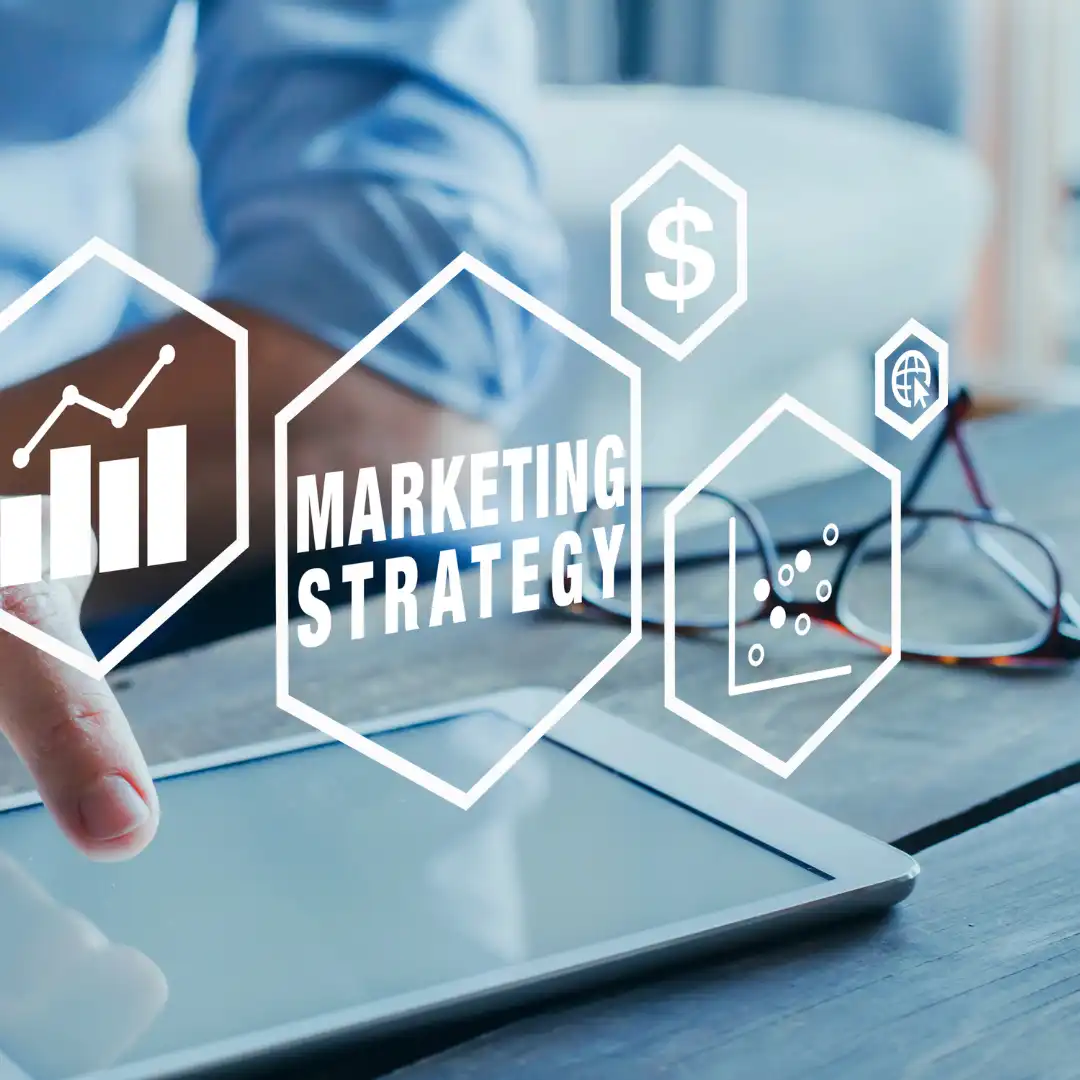Three New Approaches to Demand Generation That Will Impress Your CMO


Are demand generation marketers self-sabotaging with unfocused strategies? Delivering as many leads as possible is not a strategy. It’s time to look beyond the surface of demand generation to understand how it can impact business goals in lasting, profitable ways.
These three approaches will help you view your demand generation strategy with a new outlook, and wow your Chief Marketing Officer in the process.
Stop Focusing on Lead Volume
And start focusing on the metrics that matter. Measure the success of your demand generation campaigns by how well leads move through the funnel and ultimately convert into revenue. That means you need to shift your thinking from lead volume to conversion rates.
At a minimum, it’s critically important to have a handle on your:
- MQL rate: How many top-of-funnel leads indicate enough interest to be passed along to your inside sales team?
- Connection rate: How many of those leads answer the phone when your sales team calls?
- SQL rate: How many leads agreed to an appointment or demo?
- Conversion to opportunity rate: How many leads convert all the way into sales bookings?
Knowing where leads drop off or get stuck in your funnel allows you to make necessary adjustments and hone in on areas where even small changes can produce big results down-funnel.
So many marketers are stuck on lead volume being the most important indicator of a successful demand generation campaign. Sure, lots of leads are great, but only if they’re truly the right leads. Often marketers “get what they pay for” when it comes to programs with the lowest cost per leads – low quality leads to match.
Think about a conventional lead generation campaign with a $40 CPL for example. It’s unlikely you know the details of how these leads are generated, and on paper their job titles may look great, but in reality your inside sales team becomes frustrated with you because the leads aren’t responding to calls or converting into meetings. Everyone ends up unhappy. Your sales team isn’t booking meetings and you aren’t hitting your SQL quota or realizing ROI on the campaign.
Now imagine you have to pay a little more per lead, say $50-$100, but the program is optimized to produce qualified leads with higher connection and SQL rates. Your sales reps are able to speak to those leads and book three times as many meetings or more, which means your conversion to opportunity rate increases too. Wouldn’t you rather pay more on the front end for a program that results in higher ROI?
Understanding the impact the metrics of a lead generation campaign will have on revenue is key to getting buy-in from your CMO. They’re focused on the high-level marketing strategy and fitting all pieces, including demand generation, together to drive revenue. Showing your CMO that you both understand how demand generation fits into the picture and how adjustments to that strategy can improve the overall picture is a sure-fire way to make an impression.
Look at the Full (Funnel) Picture
This doesn’t mean you can ignore the rest of the funnel or the leads you perceive to be less valuable. They may hold a treasure trove of information and future sales if you put in the work to discover it.
In the context of an overall campaign strategy we sometimes forget that leads are human. You may have caught them at a bad moment, but that doesn’t always mean they’re not the right person or they’re not in the buying cycle. Focusing your strategy on CPL doesn’t allow for you to get a full-funnel picture of the leads that were generated.
If you’re only paying for top-of-funnel content syndication leads, your vendor is only compensated to collect contact details for opt-in to receive content. If that lead has revealed additional valuable information, expressed that they’re actively in the buying cycle or willing to take a meeting, you’ll never know. Instead, you’ll send them to marketing nurture with the rest of your lower-intent content syndication leads.
Similarly, most demand generation campaigns focused solely on generating appointments will deliver just that – appointments and appointments only. You’re missing out on potentially thousands of positive interactions where the lead provided down-funnel information that could have been leveraged by your sales team later. That information is discarded, or worse, sold to one of your competitors.
Asking the right people appropriate questions no matter where they are in your funnel reveals insights into their purchasing intent and allows your sales team to leverage that information later on in the process. There is inherent lead value in all stages of the funnel, you just have to be willing to look beyond the CPL to see it.
Smart Smarketing
Marketers should approach demand generation with an attitude of not just generating demand, but making it easy for your sales team to act on that demand. Otherwise you’re just spinning your wheels and missing out on valuable leads that slip through the cracks.
Adjustments you make to your demand generation strategy should have the ultimate goal of improving the process for your sales team, who can then do what they do best to convert leads into opportunities. Focusing on campaigns with better connection rates where leads provide down-funnel information gives your sales team more opportunities to have better conversations with leads.
Your CMO would love to hear that you’re creating Sales and Marketing alignment through your demand generation strategy. It’s just smart smarketing. While marketers and sales reps have individual quotas, ultimately the shared goal of the two functions is revenue.
These new approaches to demand generation are sure to impress your CMO. You can run a successful demand generation strategy, meet your goals as a demand generation marketer, and drive greater business impact all at the same time.
Curious to see the demand and ROI you could drive with a BlueWhale campaign?